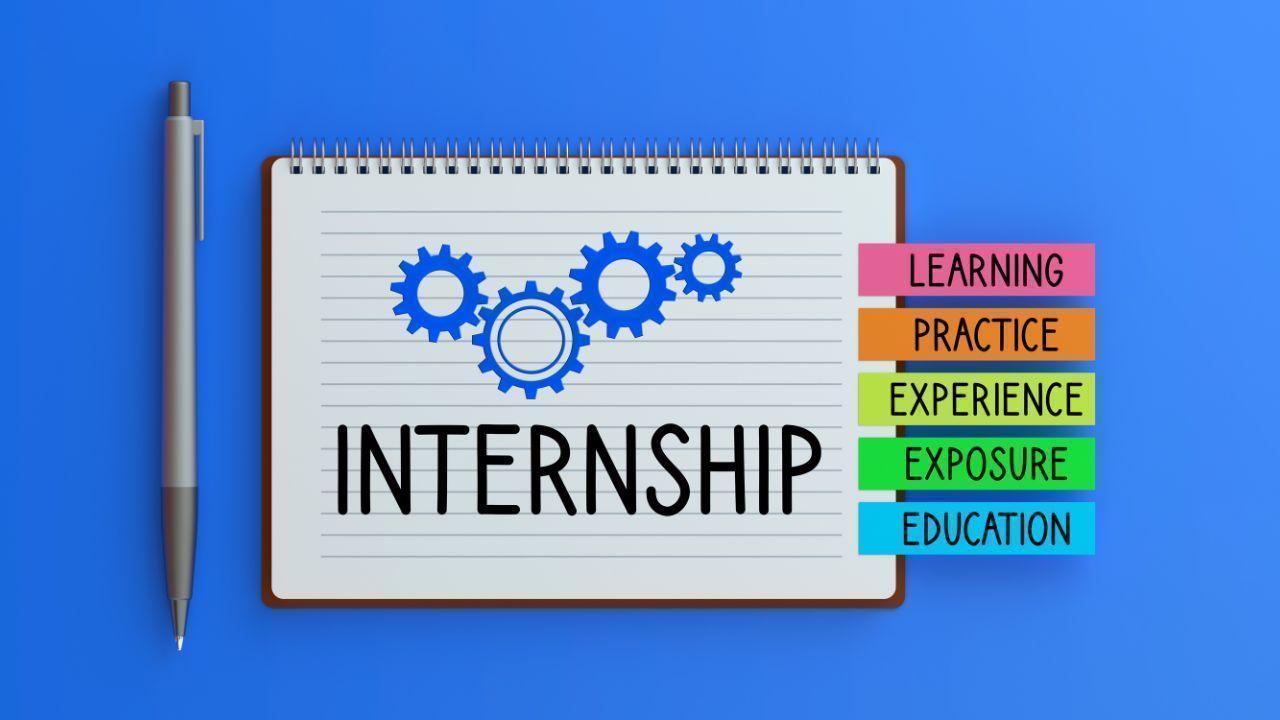
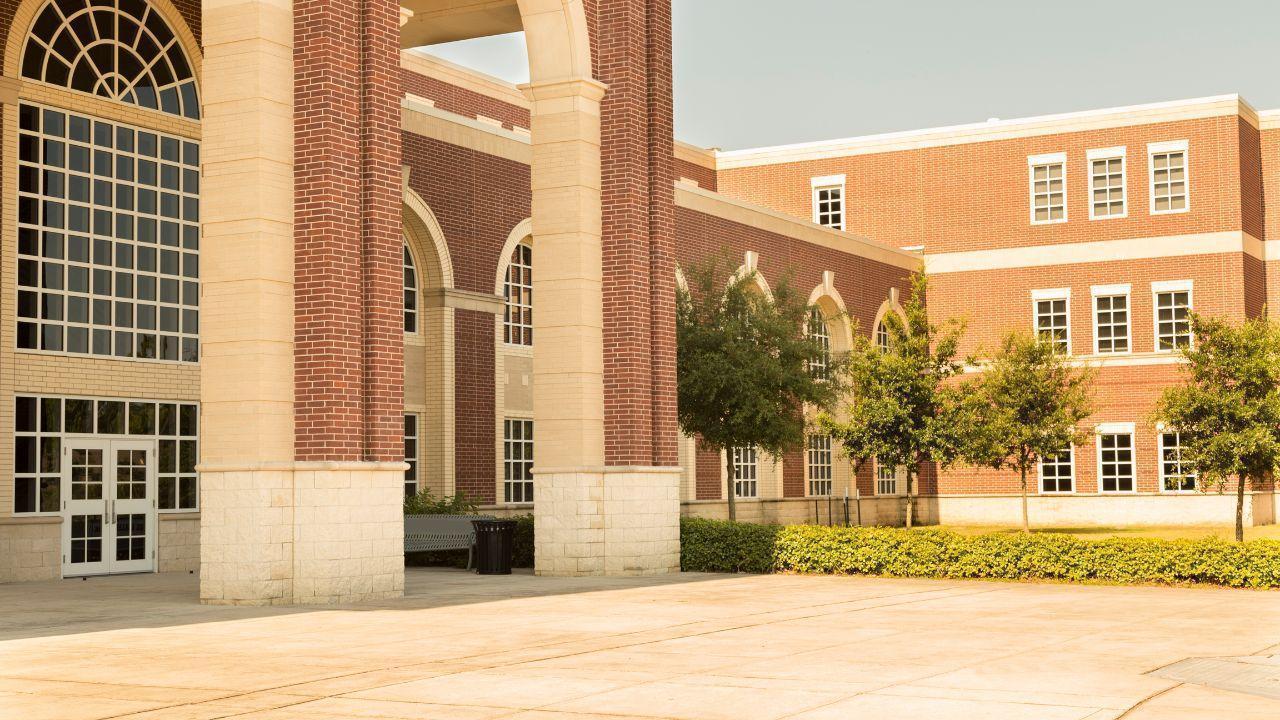
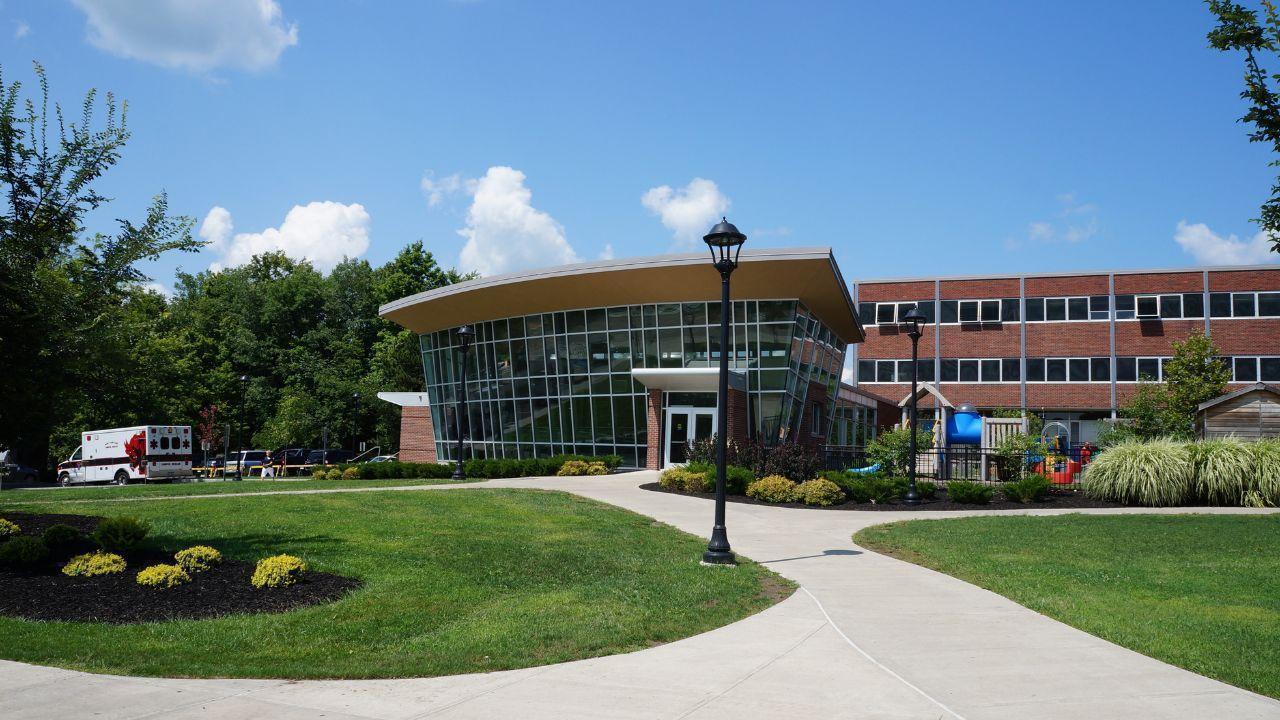

Tech in education: Closing gaps or creating new divides?
Technology is changing how we learn, teach, and connect. In schools, computers, tablets, and online learning tools are now used every day. For many students, this has made learning easier and more fun. But at the same time, not all students have the same access to these tools.
This raises an important question: Is technology fixing or making the education gap worse? In this article, we will look at both sides — how technology helps close the gap for some students, and how it may make it worse for others.
How Technology Is Helping Education
Let’s start with the good side. In many schools around the world, technology has made learning better. Here’s how:
1. Learning Anytime, Anywhere
Online classes, videos, and learning apps help students study from home. This became very important during the COVID-19 pandemic, when schools were closed. Now, students can keep learning even if they miss school or live far away.
2. Personal Learning
Technology helps students learn at their own speed. If a child learns slower or faster than others, they can still follow the lesson in their own time using videos, online quizzes, or apps.
3. More Resources for Teachers
Teachers can now use videos, games, and digital tools to make lessons more fun and clear. They can also track each student’s progress using simple software.
These changes help many students — especially those in busy cities or big schools — learn better. So, for them, the answer to is technology fixing or making the education gap worse could be: it’s helping.
How Technology Can Make the Gap Worse
But what about students who don’t have the same access? That’s where the problem begins.
1. No Devices or Internet at Home
In poor areas or rural places, many students do not have laptops, smartphones, or even internet at home. If schools expect students to study online, these children are left behind. This creates a wider gap between rich and poor students.
2. Lack of Digital Skills
Some students and even teachers are not trained to use digital tools well. Without the right support or training, technology becomes hard to use and less helpful. This can cause stress and confusion in class.
3. Poor School Infrastructure
In some schools, there are not enough computers or smartboards. Sometimes, there’s no electricity or working internet at all. In such cases, tech tools are useless. This makes the education gap even larger between well-funded and underfunded schools.
So, in many places, the honest answer to is technology fixing or making the education gap worse could be: it’s making it worse for those who are already behind.
A Global Challenge
This is not just a problem in one country — it’s a global issue. Richer countries or areas have fast internet and the latest devices. Poorer areas may still rely on chalkboards and printed books.
International groups like UNESCO and UNICEF are working to make tech tools more equal. But there is still a long way to go.
What Can Be Done?
To make sure technology helps everyone, not just some, schools and governments need to:
When used the right way, technology can close the education gap. But if we ignore the needs of poor or rural schools, the gap will only grow wider.
This is why we must ask, again and again: Is technology fixing or making the education gap worse? And we must work to make sure the answer becomes: it’s helping all students learn better.
Disclaimer:
This article is shared by Myedugoal for general information and educational purposes only. The views and points discussed are based on common trends and may vary by region, school, or individual experience. Readers are advised to seek local guidance for specific educational decisions.
#trending #latest #Myedugoal #EducationGap #DigitalLearning #OnlineEducation #TechnologyInEducation #EqualLearning #EdTechImpact #FutureOfLearning #ModernEducation #EducationForAll

University Internships That Help You Get a Job After Graduation... Read More.

Is It Smarter to Start at a Community College... Read More.
 Fake posts hit Czech PM Fiala's X
Fake posts hit Czech PM Fiala's X
Fake posts disrupt Czech PM Fiala's X account security
 Switzerland Tightens Export Rules
Switzerland Tightens Export Rules
Switzerland expands export controls on dual-use goods
 Google unveils Ironwood AI chip
Google unveils Ironwood AI chip
Google introduces Ironwood chip to accelerate AI tasks & apps
 TSMC Q1 revenue up 42%
TSMC Q1 revenue up 42%
TSMC sees 42% revenue surge in Q1, surpassing forecasts
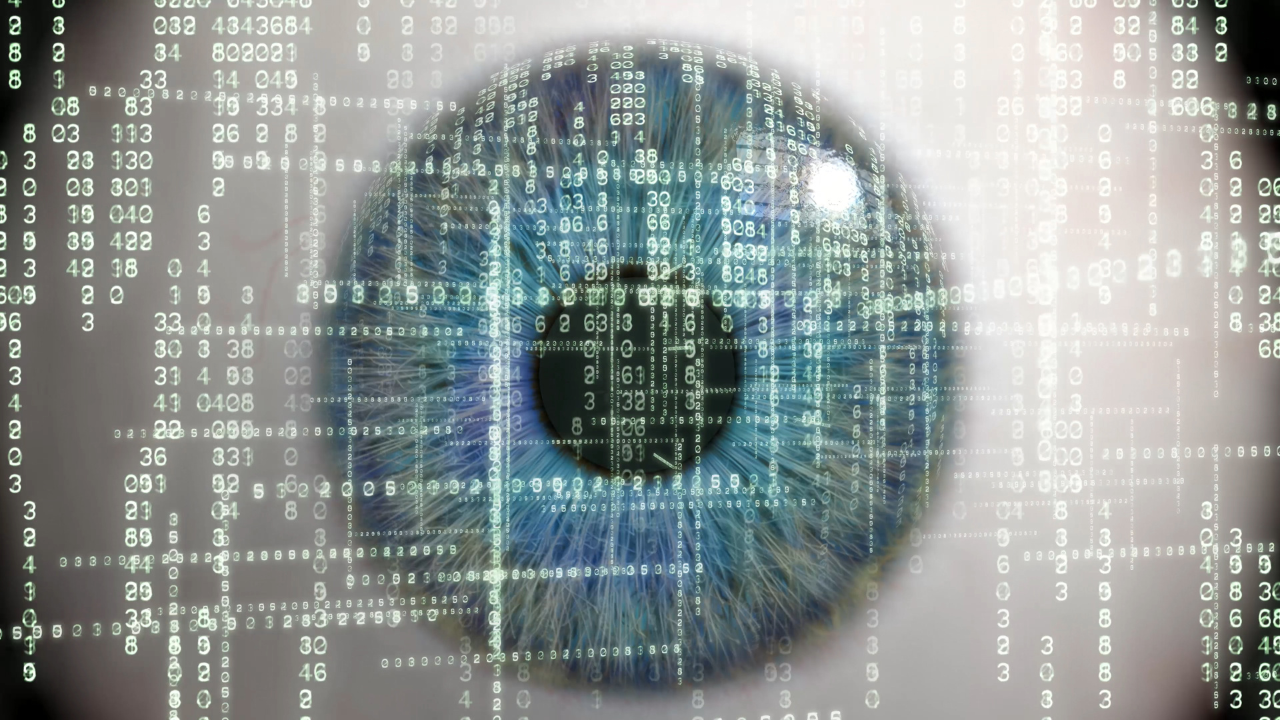 Amazon CEO Outlines AI Vision
Amazon CEO Outlines AI Vision
Amazon CEO reveals AI investment plans in new letter
 Osaka Hosts World Expo 2025
Osaka Hosts World Expo 2025
Japan blends tech and culture at Osaka Expo 2025 launch
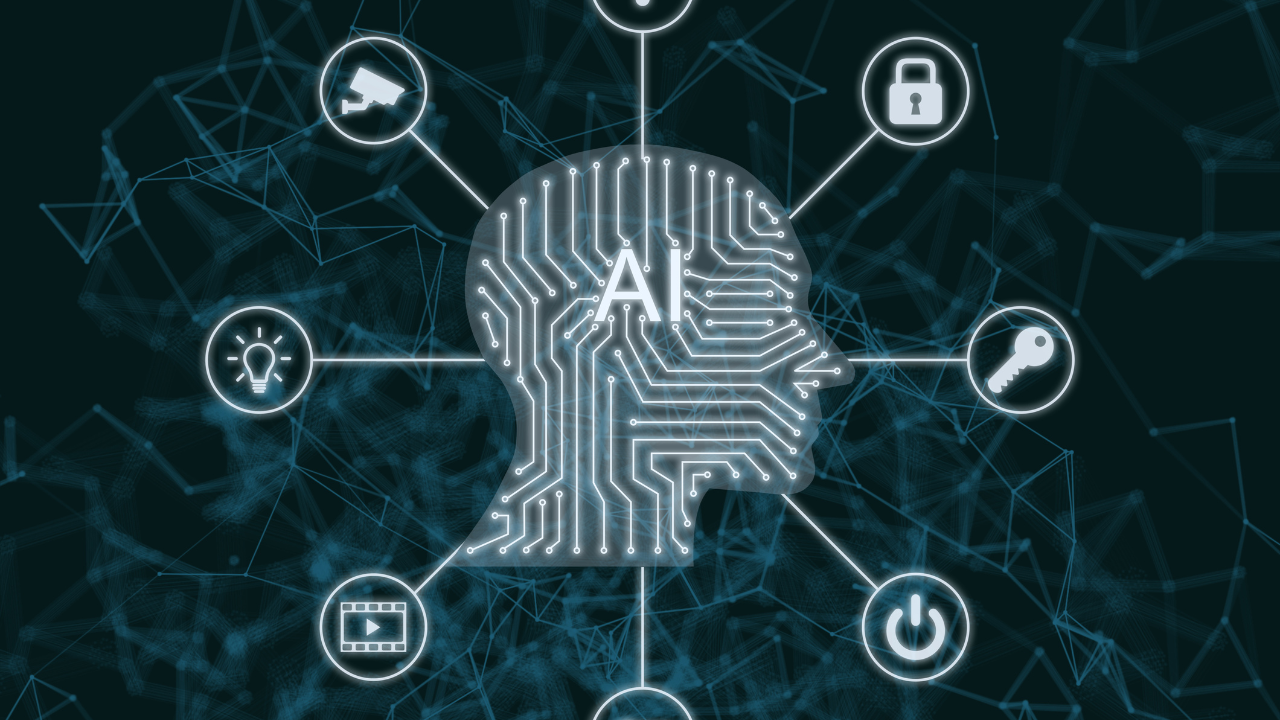 A16z Plans Big Bet on AI Startup
A16z Plans Big Bet on AI Startup
A16z may lead huge round in ex-OpenAI CTO’s new AI firm.
© MyEduGoal. All Rights Reserved. Design by markaziasolutions.com